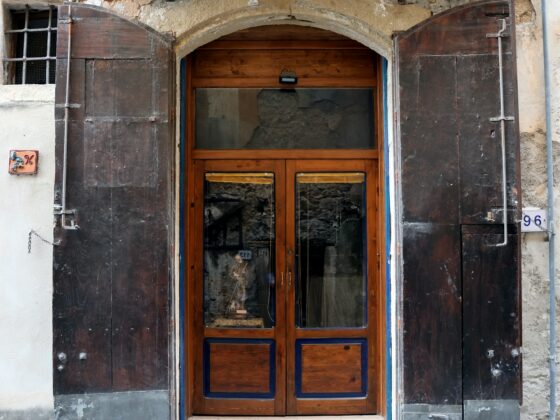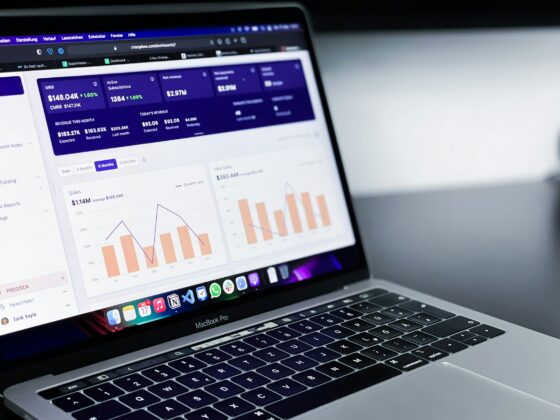
Why Automation Matters
For Davoyan, automation isn’t a luxury—it’s a necessity in today’s digital-first, labor-constrained restaurant landscape.
“Labor is going to cost you too much for you to remain in operation, or things are going to get so inefficient that you’re going to get lapped by your competitors. You have to look at what’s out there. You have to see what makes sense and implement what works for your brand,” advised Davoyan.
Small pilots let the brand see what works and doesn’t for the fast-growing brand. “If we don’t test it, we’ll never know—and then we get left behind,” he said.
Over the past 18 months, Dave’s has been testing two robotic arms on its French fry station, piloting kiosks, digital menu boards and more.
“We found that robot arms are not a labor-saving play. Because the person that is dropping the chicken tenders in the fryer is also dropping the fries in the fryer.” But there was measurable impact: Dave’s gained consistency—crispier fries, tighter inventory, and more precise portioning.
The brand’s next steps include integrating the robotic fryer with the POS. Eventually, algorithms will analyze fry sales in 10-minute intervals to automatically prep just enough fries to meet demand—ensuring freshness and eliminating waste.
Forecasting Wait Times, Enhancing Delivery
Dave’s tech team is also working to streamline operations at high-volume stores by introducing predictive wait-time systems. These tools use current kitchen bump times and historical data to estimate prep times more accurately.
This is especially useful for first-party and third-party delivery, said Davoyan. “You don’t want a third-party delivery driver waiting 30 minutes for an order—that’s a fast track to getting shut down and losing sales.”
Kiosks
Though initially hesitant about kiosks, Davoyan changed his mind after seeing the data.
A successful pilot led to a wider rollout, with kiosks now driving 25% of orders and boosting average checks by 4–6% compared to traditional counter service.
ROI Beyond the Bottom Line
Return on investment is the guiding principle for all tech decisions at Dave’s—but it isn’t limited to labor savings.
“Technology can drive traffic and check averages,” Davoyan said. “Even if you’re not reducing labor hours, you might reallocate those hours to enhance the guest experience—for example, placing more staff at the expo station during rush periods to improve accuracy.”
The key, he stressed, is knowing your business and what gaps need filling.
“Start with a critical self-assessment. Ask: What does my business need, and what technology can I leverage to fill that gap?”







